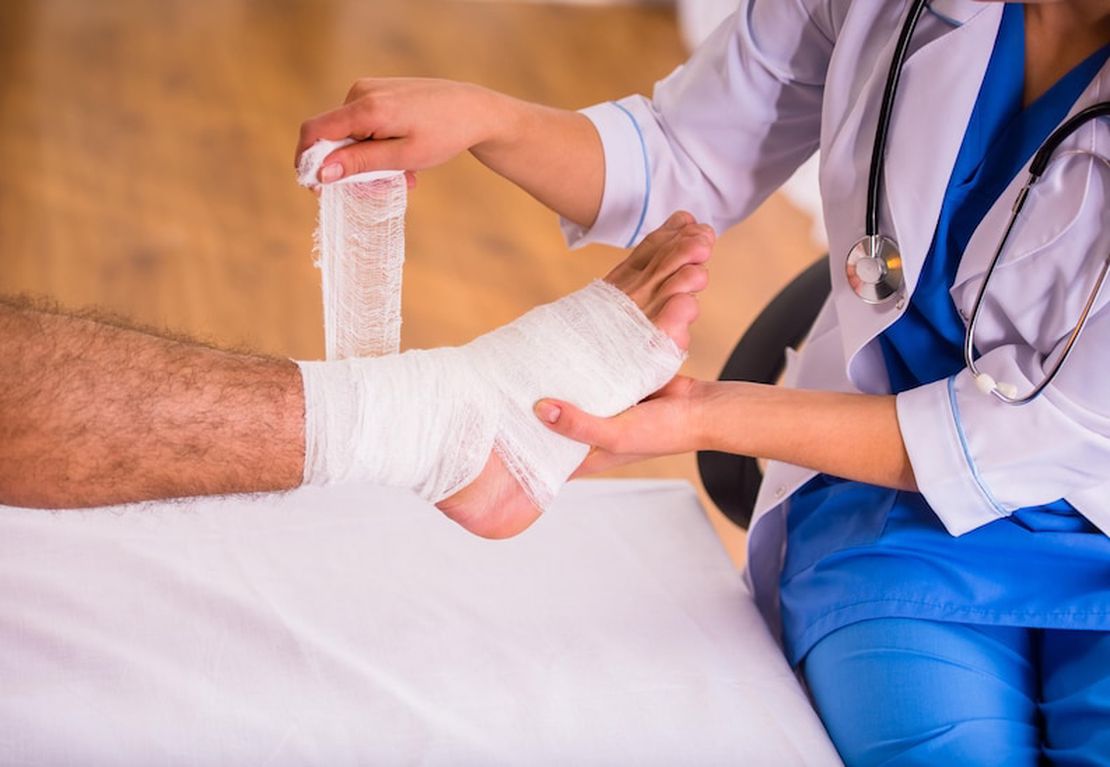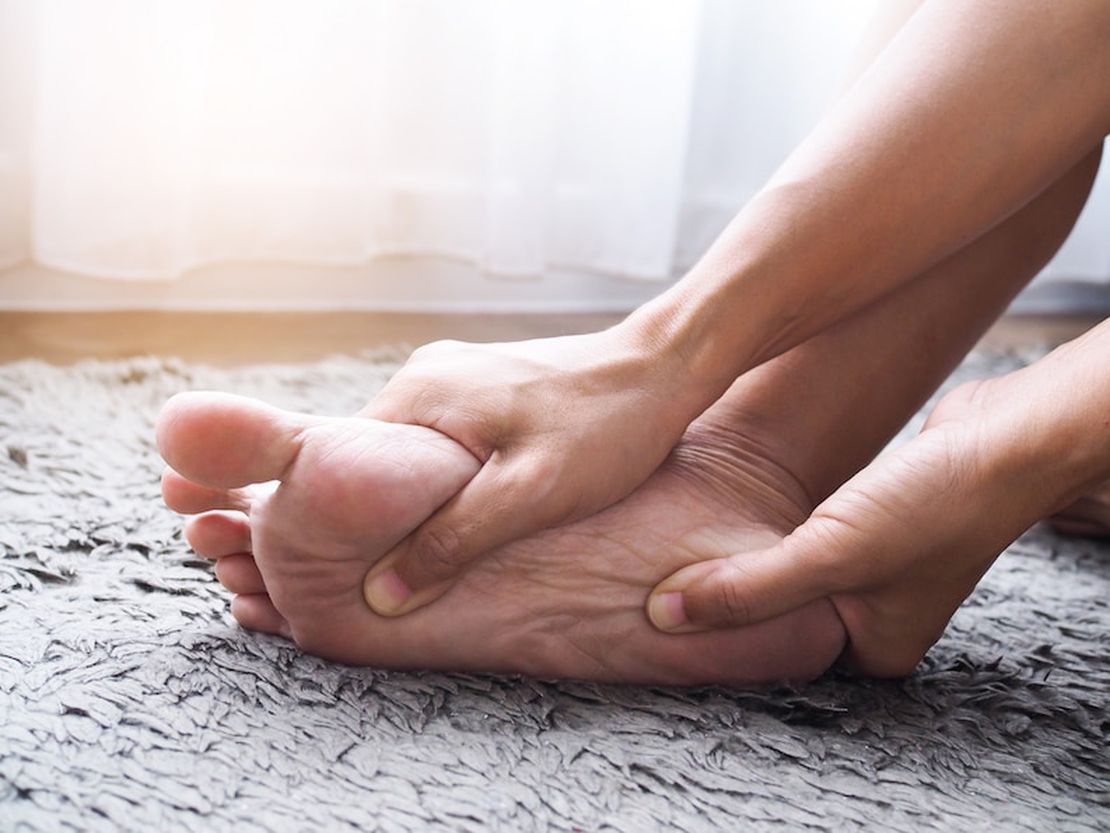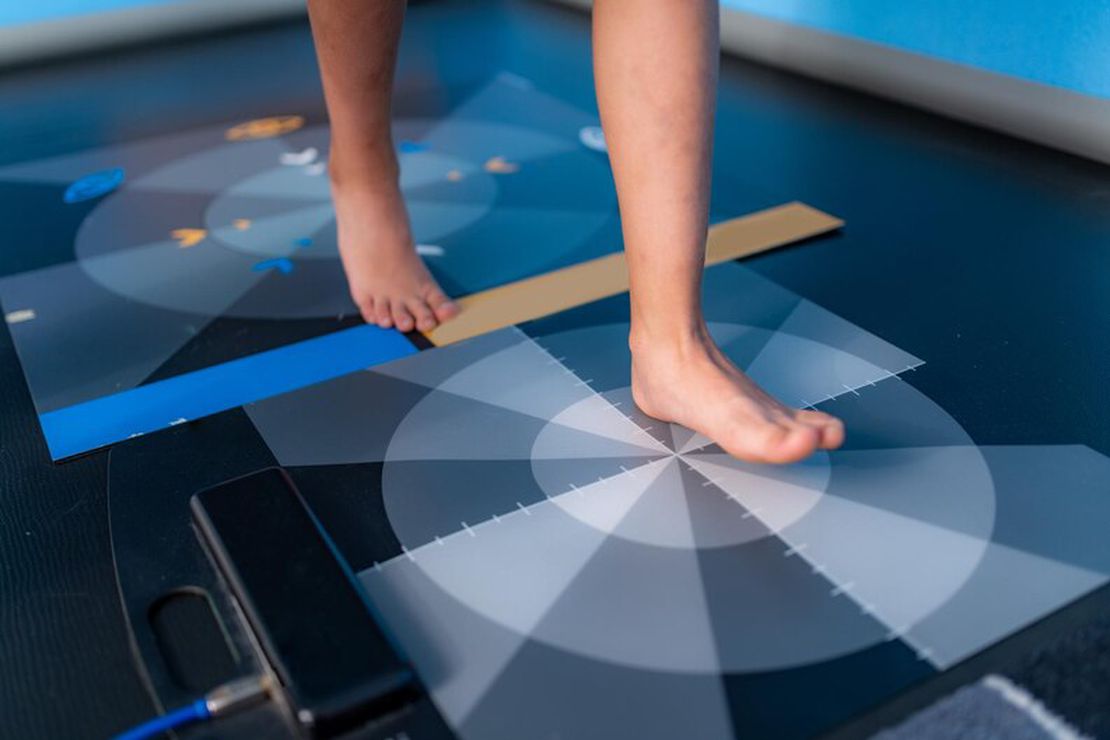Diabetic foot is a serious complication of diabetes that can occur in various parts of the foot. Understanding where diabetic foot wounds typically occur is crucial for early detection and prevention. As Istanbul diabetic foot experts, we provide comprehensive information about the common locations of diabetic foot problems.
Common Locations of Diabetic Foot Wounds
1. Bottom of the Foot (Plantar Surface)
- Most common location
- High pressure areas
- Callus formation
- Ulcer development
- Difficult to heal
2. Toes
- Toe tips
- Between toes
- Toe joints
- Nail problems
- Deformity issues
3. Heel Area
- Back of heel
- Side of heel
- Pressure points
- Skin breakdown
- Infection risk
4. Sides of the Foot
- Medial side
- Lateral side
- Bone prominence
- Friction areas
- Shoe pressure
5. Top of the Foot (Dorsal Surface)
- Less common
- Trauma-related
- Shoe friction
- Bone prominence
- Circulation issues
Why Do Diabetic Foot Wounds Occur in These Areas?
Pressure Points
- High pressure areas are more prone to wounds
- Bone prominence causes increased pressure
- Shoe friction can cause skin breakdown
- Walking patterns affect pressure distribution
- Foot deformities increase pressure
Circulation Problems
- Poor blood flow to extremities
- Nerve damage affects sensation
- Delayed healing in affected areas
- Infection risk increases
- Tissue damage occurs more easily
Nerve Damage (Neuropathy)
- Loss of sensation prevents early detection
- Pain perception is reduced
- Temperature sensitivity is lost
- Pressure awareness is diminished
- Injury risk increases
Risk Factors for Specific Locations
Bottom of Foot Wounds
- High pressure during walking
- Callus formation and breakdown
- Poor circulation to plantar surface
- Foot deformities increase pressure
- Inappropriate footwear
Toe Wounds
- Nail problems and ingrown nails
- Shoe pressure on toes
- Deformities like hammertoes
- Poor circulation to toes
- Trauma from stubbing
Heel Wounds
- Pressure from lying down
- Poor circulation to heel
- Skin breakdown from friction
- Infection risk in deep wounds
- Difficult healing due to location
Prevention Strategies by Location
Bottom of Foot Protection
- Proper footwear with cushioning
- Regular inspection of pressure points
- Callus management by professionals
- Pressure relief devices
- Custom orthotics
Toe Protection
- Proper nail care by professionals
- Comfortable shoes with toe space
- Regular inspection between toes
- Moisture control to prevent infection
- Deformity management
Heel Protection
- Heel protection devices
- Proper positioning when resting
- Skin moisturizing to prevent cracking
- Pressure relief techniques
- Regular inspection of heel area
Istanbul Diabetic Foot Treatment Centers
Istanbul diabetic foot centers provide specialized treatment for wounds in all locations:
Comprehensive Evaluation
- Detailed examination of all foot areas
- Pressure mapping to identify risk areas
- Circulation assessment for all locations
- Nerve function testing throughout foot
- Risk assessment for each area
Specialized Treatment
- Location-specific wound care
- Pressure relief for affected areas
- Circulation improvement techniques
- Infection control for all wounds
- Healing optimization strategies
Prevention Programs
- Regular monitoring of all foot areas
- Education about risk locations
- Customized care plans
- Follow-up programs for prevention
- Emergency care for new wounds
Early Detection and Treatment
Daily Inspection Routine
- Check all areas of both feet
- Look for changes in skin color
- Feel for temperature differences
- Check for swelling or deformities
- Report any concerns immediately
Professional Care
- Regular podiatrist visits
- Professional nail care
- Callus management
- Wound assessment
- Treatment planning
Conclusion
Diabetic foot can occur in various locations on the foot, with the bottom of the foot being the most common site. Understanding these locations and implementing preventive measures is crucial for maintaining foot health. Istanbul diabetic foot experts provide comprehensive care for wounds in all locations.
Important: Diabetic foot wounds can occur anywhere on the foot. Regular inspection and professional care are essential for early detection and prevention.
For more information about diabetic foot treatment, visit our treatment methods page.




